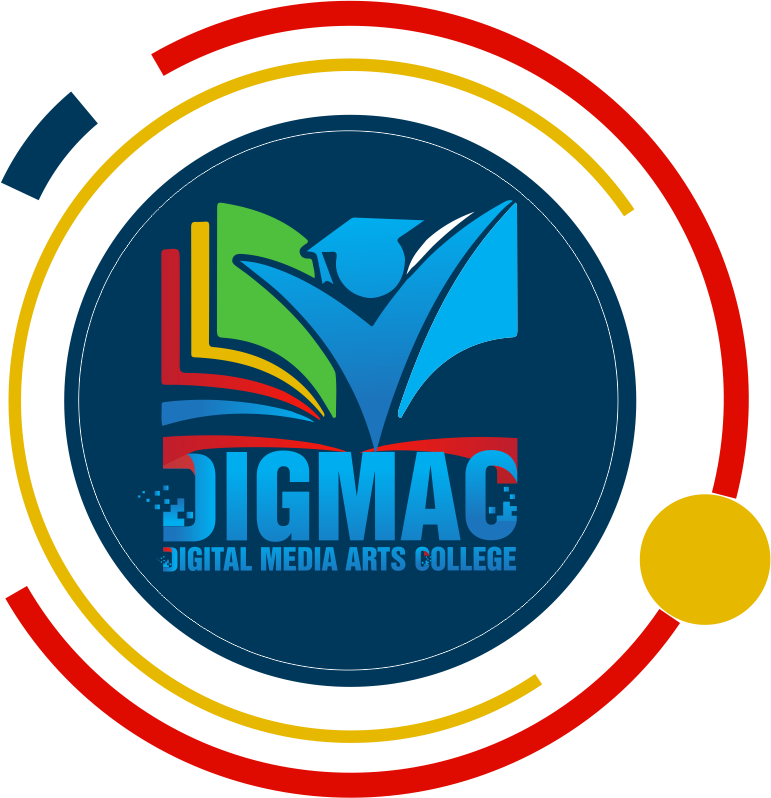Graphic Design
COURSE DETAILS
Graphic design is an artistic process that combines art and technology to communicate ideas. The designer works with a variety of communication tools in order to convey a message from a client to a particular audience. The main tools are image and typography. Graphic designers work with drawn, painted, photographed, or computer-generated images (pictures), but they also design the letterforms that make up various typefaces found in movie credits and TV ads; in books, magazines, and menus; and even on computer screens. Designers create, choose, and organize these elements-typography, images, and the so-called “white space” around them-to communicate a message.
Graphic design is a part of your daily life. From humble things like gum wrappers to huge things like billboards to the T-shirt you’re wearing, graphic design informs, persuades, organises, stimulates, locates, identies, attracts attention and provides pleasure. Graphic designers work with drawn, painted, photographed, or computer-generated images (pictures), but they also design the letterforms that make up various typefaces found in movie credits and TV ads; in books, magazines, and menus; and even on computer screens.
WHAT QUALIFYING LEARNERS ARE ABLE TO DO
- Source research information related to a specific design field.
- Analyse and review design research information.
- Produce final design products that meet specific project requirements.
- Select materials, media and processes for production.
- Manage business processes in a design environment.
EXIT LEVEL OUTCOMES
- Reflect on own and other’s work in context.
- Read and interpret visual images
- Develop oneself for a design career
- Produce a range of design works
- Explore and communicate with a variety of mediums, media, processes and techniques.
- Use mathematics in practical applications.
